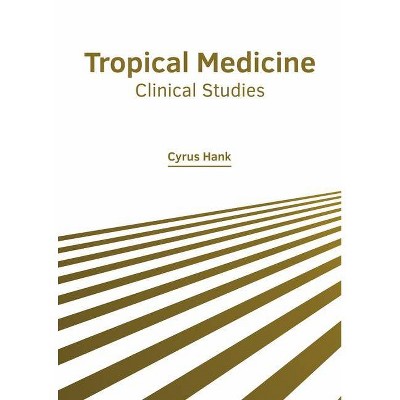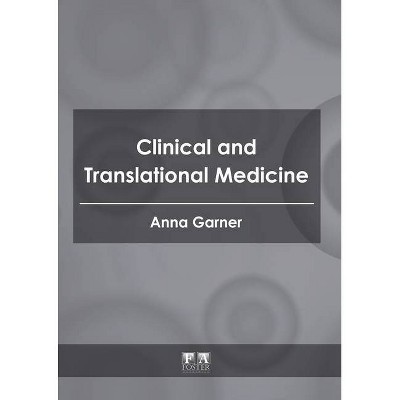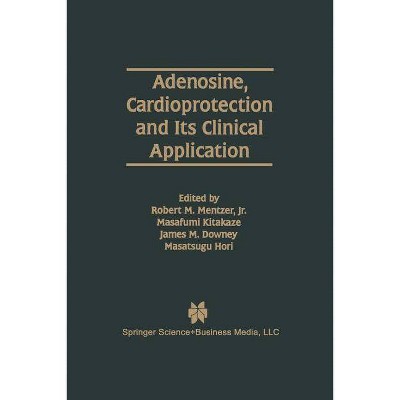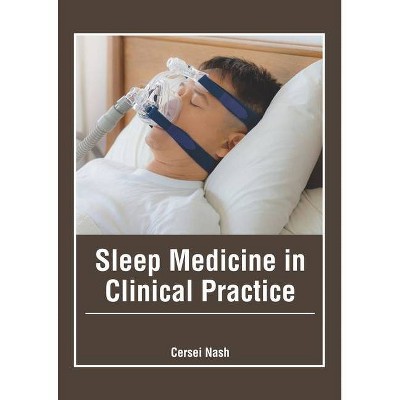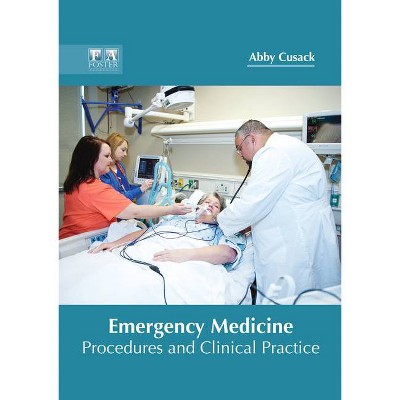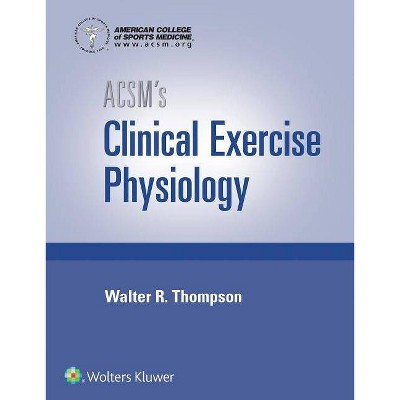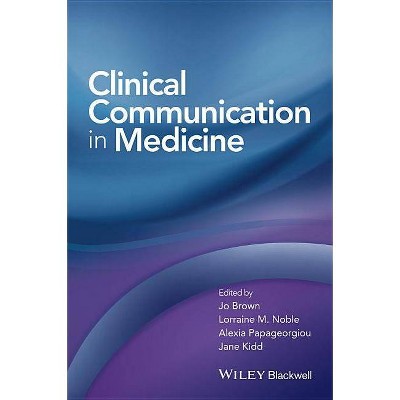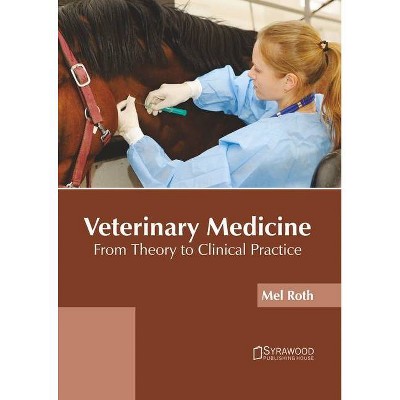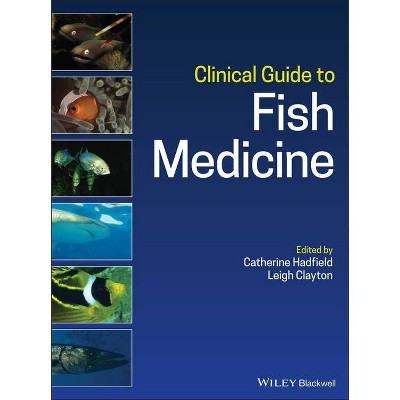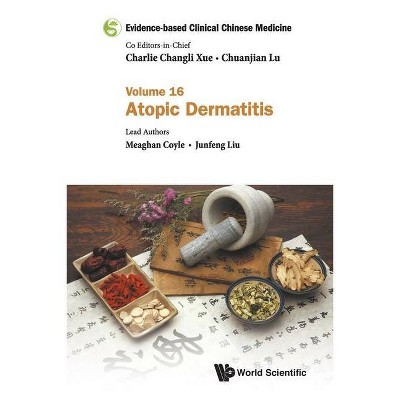Electrocardiogram in Clinical Medicine - (Paperback)
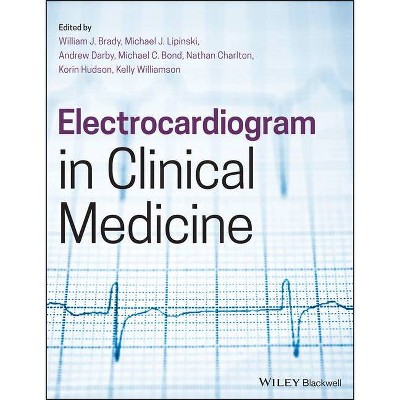
Similar Products
Products of same category from the store
AllProduct info
<p/><br></br><p><b> About the Book </b></p></br></br>"ECG interpretation is an essential skill in the acute setting; Being able to tell the difference between a comparatively benign and/or temporary rhythmic abnormality and signs of impending cardiac arrest can literally mean the difference between life and death. It's no surprise then that Dr Brady's two books on ECGs for the Emergency Physician have been perennial best-sellers. No less important than being able to recognize clinical emergencies as evidence in ECG tracings is an understanding of the full clinical implications of the ECG reading. Such knowledge enables providers to speed treatment, order further diagnostic tests, call for specialist assistance, and in all ways enhances patient care. As Dr Brady points out, there are currently, several books that present information on ECG interpretation for acute care clinicians, but none addresses clinical medicine from the perspective of the ECG as this book will do. Dr Brady and his colleagues will address any and all interpretative issues regarding the "how do I read this ECG" consideration. BUT, they will take this important information a step further, and address what the clinician should do with this important interpretative data. Many books are rather stale missives addressing ECG interpretation in the vacuum. This book will teach and instruct ECG interpretation in the clinical realm so that readers have a complete and 3-dimensional understanding of the patient's situation, the available treatment options, what additional testing should be done, and more. In short, this book will vastly improve providers' ability to take appropriate clinical action based on ECGs seen most often in the acute setting"--<p/><br></br><p><b> Book Synopsis </b></p></br></br><p><b>Offers a guide for a complete understanding of the disease and conditions most frequently revealed in ECGs recorded in the acute, critical, and emergency care settings</b></p> <p><i>Electrocardiogram in Clinical Medicine</i> offers an authoritative guide to ECG interpretation that contains a focus and perspective from each of the three primary areas of medical care: acute care, critical care and emergency care. It can be used as a companion with the book <i>ECGs for the Emergency Physician I & II</i> (by Mattu and Brady) or as a stand-alone text. These three books can be described as a cumulative EGG reference for the medical provider who uses the electrocardiogram on a regular basis. </p> <p><i>Electrocardiogram in Clinical Medicine</i> includes sections on all primary areas of ECG interpretation and application as well as sections that highlight use, devices and strategies. The medical content covers acute coronary syndromes and all related issues, other diseases of the myocardium, morphologic syndromes, toxicology and paediatrics; dysrhythmias will also be covered in detail. This important resource: </p> <p>- Goes beyond pattern recognition in ECGs to offer a real understanding of the clinical syndromes evidenced in ECGs and implications for treatment</p> <p>- Covers the indications, advantages and pitfalls of the use of ECGs for diagnosis in all acute care settings, from EMS to ED to Critical Care</p> <p>- Examines the ECG in toxic, metabolic and environmental presentations; critical information for acute care clinicians who need to be able to differentiate ODs, poisoning and other environmental causes from MI or other cardiac events</p> <p>- Facilitates clinical decision-making </p> <p>Written for practicing ER, general medicine, family practice, hospitalist and ICU physicians and medical students, <i>Electrocardiogram in Clinical Medicine</i> is an important book for the accurate interpretation of EGG results.</p><p/><br></br><p><b> From the Back Cover </b></p></br></br><p><b>Offers a guide for a complete understanding of the disease and conditions most frequently revealed in ECGs recorded in the acute, critical, and emergency care settings</b> <p><i>Electrocardiogram in Clinical Medicine</i> offers an authoritative guide to ECG interpretation that contains a focus and perspective from each of the three primary areas of medical care: acute care, critical care and emergency care. It can be used as a companion with the book <i>ECGs for the Emergency Physician I & II</i> (by Mattu and Brady) or as a stand-alone text. These three books can be described as a cumulative EGG reference for the medical provider who uses the electrocardiogram on a regular basis. <p><i>Electrocardiogram in Clinical Medicine</i> includes sections on all primary areas of ECG interpretation and application as well as sections that highlight use, devices and strategies. The medical content covers acute coronary syndromes and all related issues. Other diseases of the myocardium, morphologic syndromes, toxicology and paediatrics and dysrhythmias will also be covered in detail. This important resource: <ul> <li>goes beyond pattern recognition in ECGs to offer a real understanding of the clinical syndromes evidenced in ECGs and implications for treatment</li> <li>covers the indications, advantages and pitfalls of the use of ECGs for diagnosis in all acute care settings, from EMS to ED to Critical Care</li> <li>examines the ECG in toxic, metabolic and environmental presentations; critical information for acute care clinicians who need to be able to differentiate ODs, poisoning and other environmental causes from MI or other cardiac events</li> <li>facilitates clinical decision-making </li> </ul> <p>Written for practicing ER, general medicine, family practice, hospitalist and ICU physicians and medical students, <i>Electrocardiogram in Clinical Medicine</i> is an important book for the accurate interpretation of EGG results.<p/><br></br><p><b> About the Author </b></p></br></br><p><b>William J. Brady, MD</b>, is Professor of Emergency Medicine and Medicine, University of Virginia, Charlottesville, VA, USA. <p><b>Michael J. Lipinski, MD, PhD, </b> is Cardiovascular Associates of Charlottesville, Charlottesville, VA, USA. <p><b>Andrew E. Darby, MD, FHRS, </b> is Associate Professor of Cardiovascular Medicine, University of Virginia Health System, Charlottesville, VA, USA. <p><b>Michael C. Bond, MD, FACEP, FAAEM, </b> is Associate Professor of Emergency Medicine, University of Maryland School of Medicine, Baltimore, MD, USA. <p><b>Nathan P. Charlton, MD, </b> is Associate Professor of Emergency Medicine, Division of Medical Toxicology, University of Virginia, Charlottesville, VA, USA. <p><b>Korin Hudson, MD, </b> is Associate Professor of Emergency Medicine, MedStar Georgetown University Hospital, Georgetown University School of Medicine, Washington, DC, USA. <p><b>Kelly Williamson, MD, </b> is Assistant Residency Program Director, Advocate Christ Medical Center Emergency Medicine Residency; and is Clinical Associate Professor of Emergency Medicine, University of Illinois at Chicago, Chicago, IL, USA.
Price History
Price Archive shows prices from various stores, lets you see history and find the cheapest. There is no actual sale on the website. For all support, inquiry and suggestion messagescommunication@pricearchive.us
